Why Trump Believes He Can Push Modi Around
In a post on Truth Social, Trump described their conversation as“wonderful” and pledged to strengthen ties between the two countries-a gesture that initially raised hopes of easing tensions after the imposition of a 50% tariff on Indian goods on August 27.
Yet this apparent thaw in relations lasted just three days. On September 19, Trump signed an executive order imposing an annual $100,000 fee on H-1B visas, 70% of which are held by Indian nationals.
He also revoked America's exemption for India's involvement in Iran's Chabahar port project and added India to its list of major drug transit or illicit drug-producing countries.
These actions, coming in rapid succession after the birthday call, have stunned Indian observers and policymakers alike. Rahul Gandhi, leader of the opposition in the Lok Sabha, India's lower house of parliament, branded them a“diplomatic failure.”
Whether Trump's moves constitute a personal assault on Modi or a calculated tactic to bend India to America's will under the banner of“America First”-forcing concessions in the ongoing India-US trade talks-is open to debate. Either way, the episode lays bare the flaws in India's overreliance on Washington, a miscalculation that has left New Delhi exposed and diminished.
Trump's negotiating playbook is by now all too familiar: a blend of charm offensive and sudden coercion, akin to the“good cop, bad cop” routine long favored in police interrogations or high-stakes diplomatic negotiations.
It begins with flattery and ends with a jolt, keeping the other side off balance and eager to placate. During his first term, this pattern played out vividly in his interactions with India. There were the lavish spectacles-”Howdy Modi” in Texas in 2019,“Namaste Trump” in Gujrat, Modi's home state, the following year-complete with Modi joining Trump at campaign rallies with the slogan of “Abki Baar, Trump Sarkar” (next term, Trump Administration) and effusive praise from both leaders.
Trump dangled the lure of shifting American manufacturing from China to India, even as he quietly revoked India's preferential access to US markets under the Generalized System of Preferences (GSP) and pressured New Delhi to curb oil imports from Iran.
In his second term, the script has repeated with uncanny precision. The 50% tariffs on Indian exports arrived in late August, punishing India for buying discounted Russian oil. Warm birthday greetings followed on September 17. Then came the trio of punitive measures on September 19: the H-1B fee hike, the Chabahar revocation and the drug-transit designation.

Legal Disclaimer:
MENAFN provides the
information “as is” without warranty of any kind. We do not accept
any responsibility or liability for the accuracy, content, images,
videos, licenses, completeness, legality, or reliability of the information
contained in this article. If you have any complaints or copyright
issues related to this article, kindly contact the provider above.
Most popular stories
Market Research

- Kintsu Launches Shype On Hyperliquid
- Barunson, Studio Behind Parasite, To Launch Nplug IP Remixing Platform On Story And Bring Flagship IP Onchain
- Moonbirds And Azuki IP Coming To Verse8 As AI-Native Game Platform Integrates With Story
- Leverage Shares Launches First 3X Single-Stock Etps On HOOD, HIMS, UNH And Others
- Alchemy Markets Launches Tradingview Integration For Direct Chart-Based Trading
- Dexari Unveils $1M Cash Prize Trading Competition



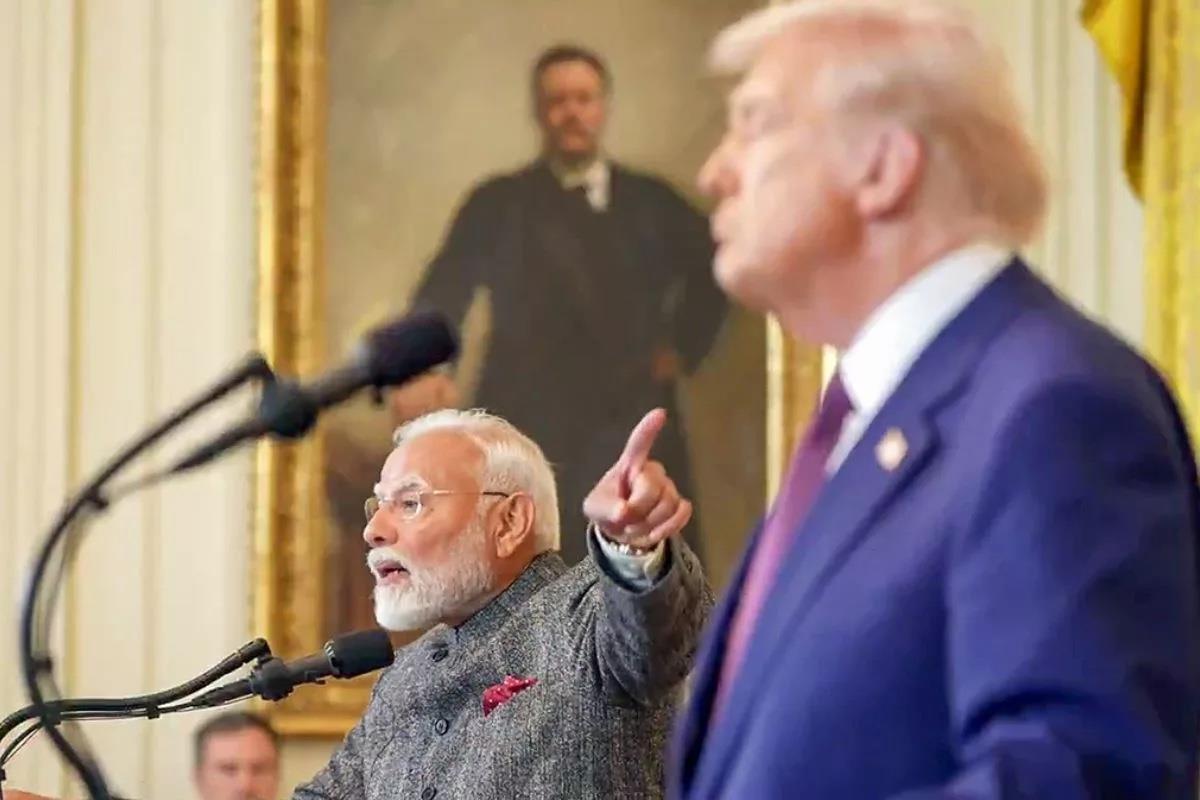
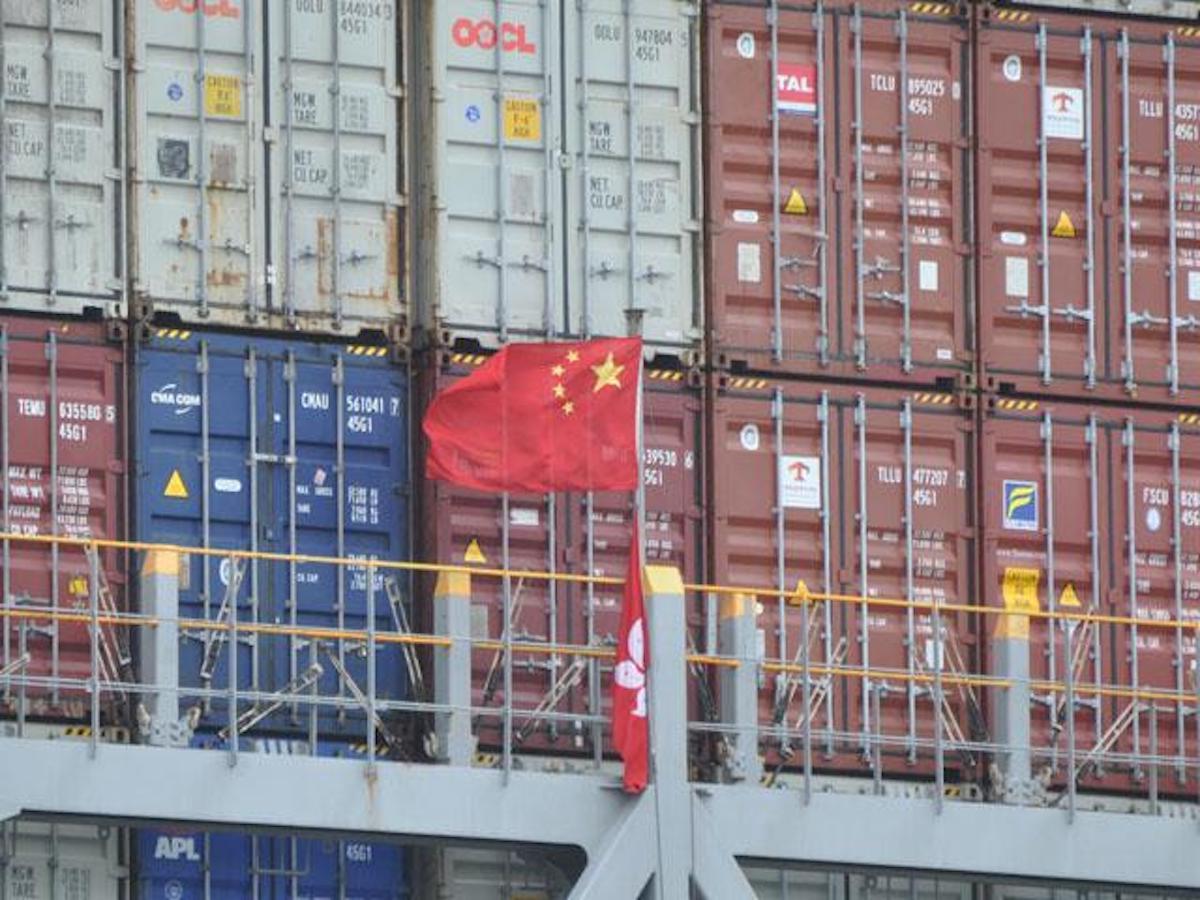
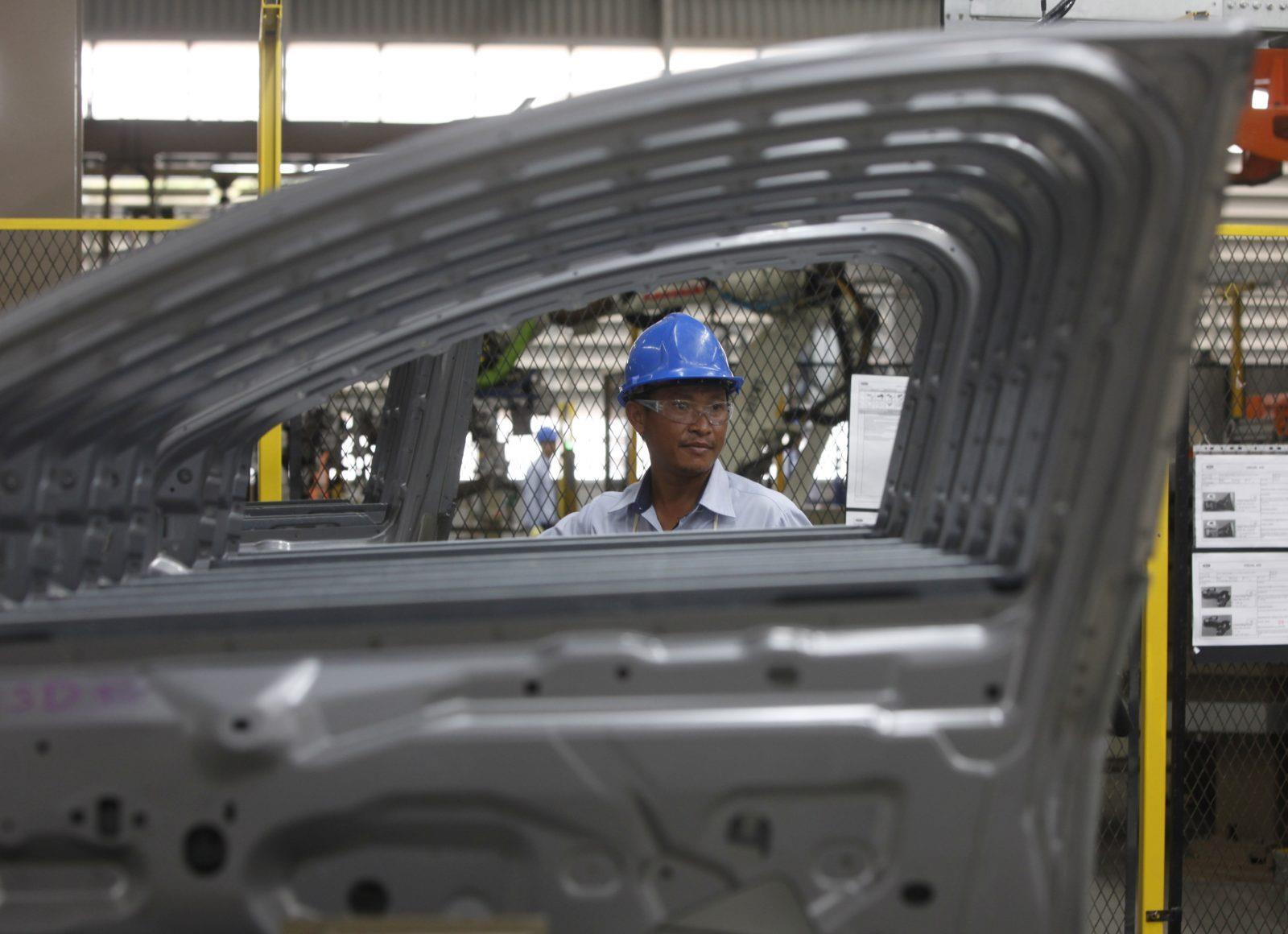
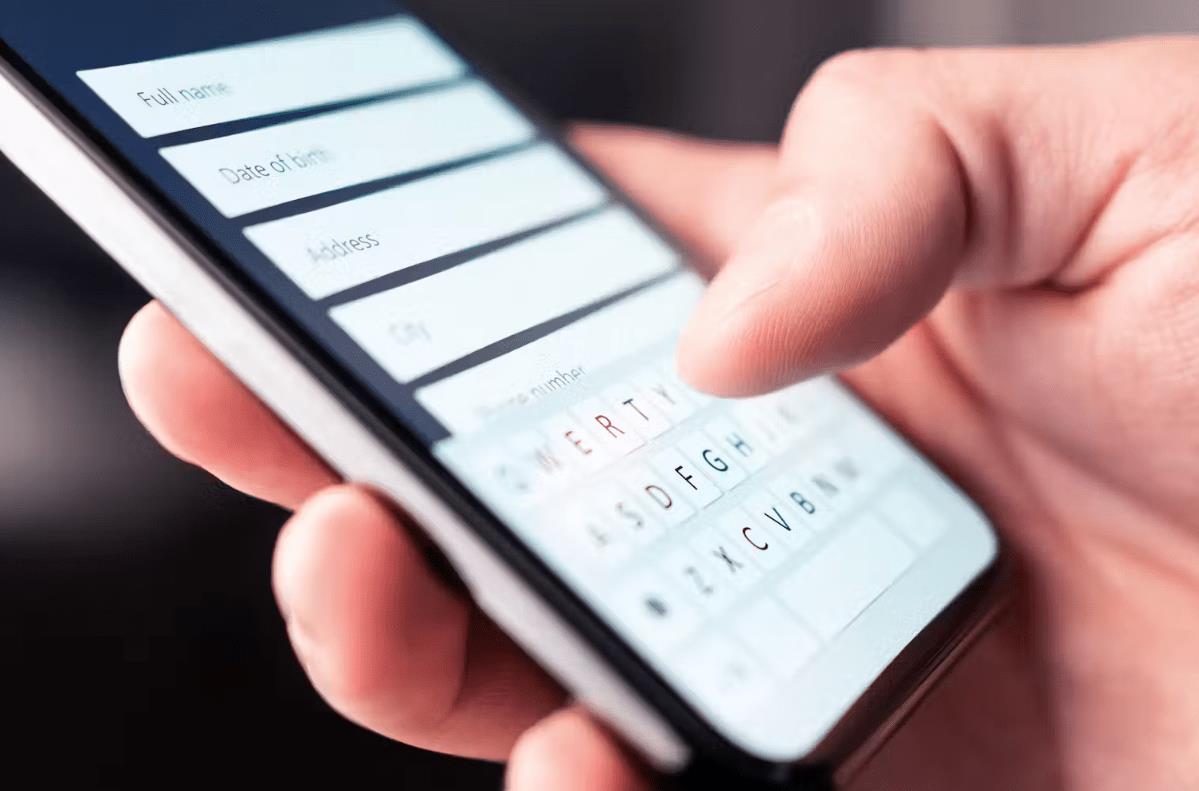
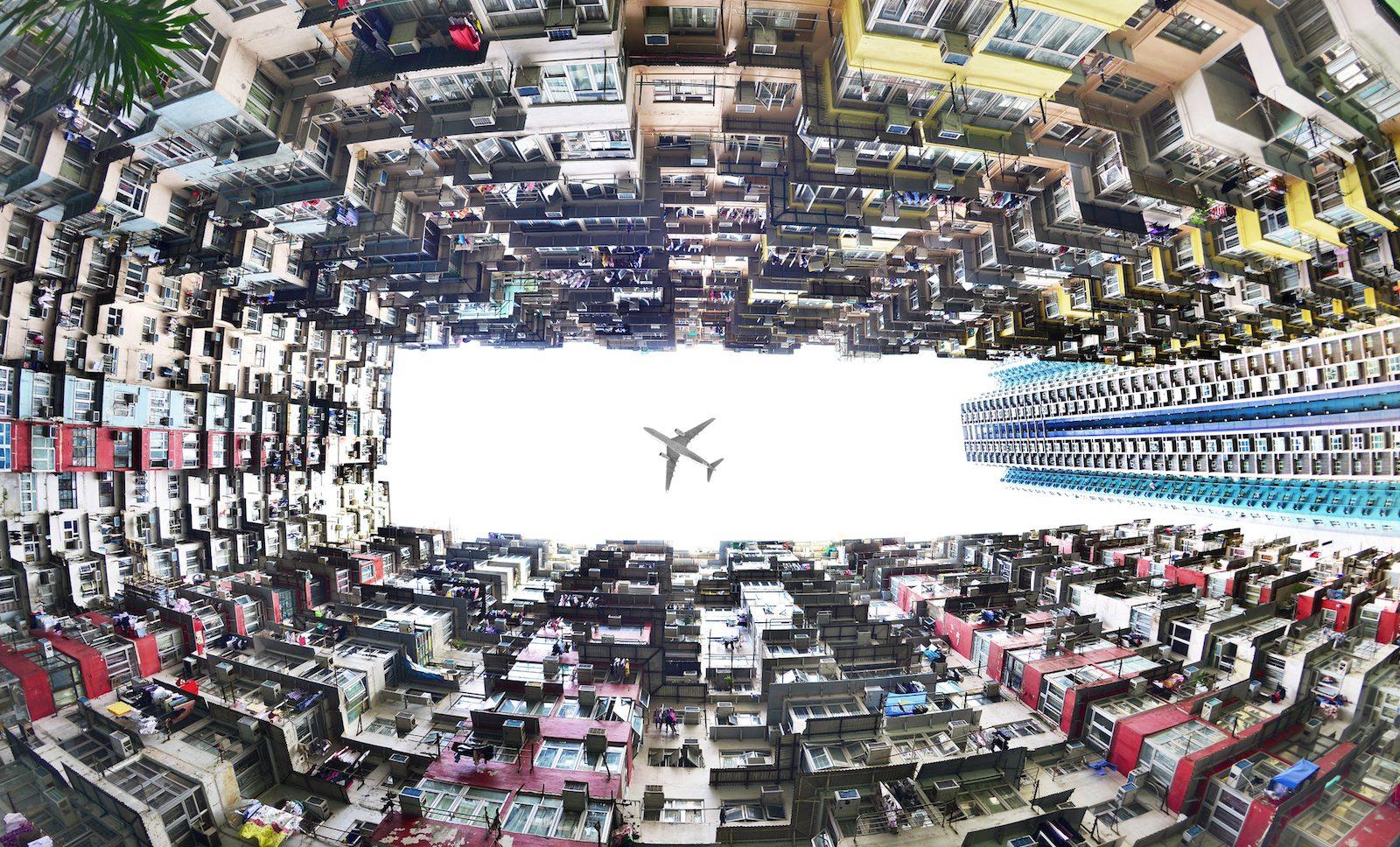


















Comments
No comment